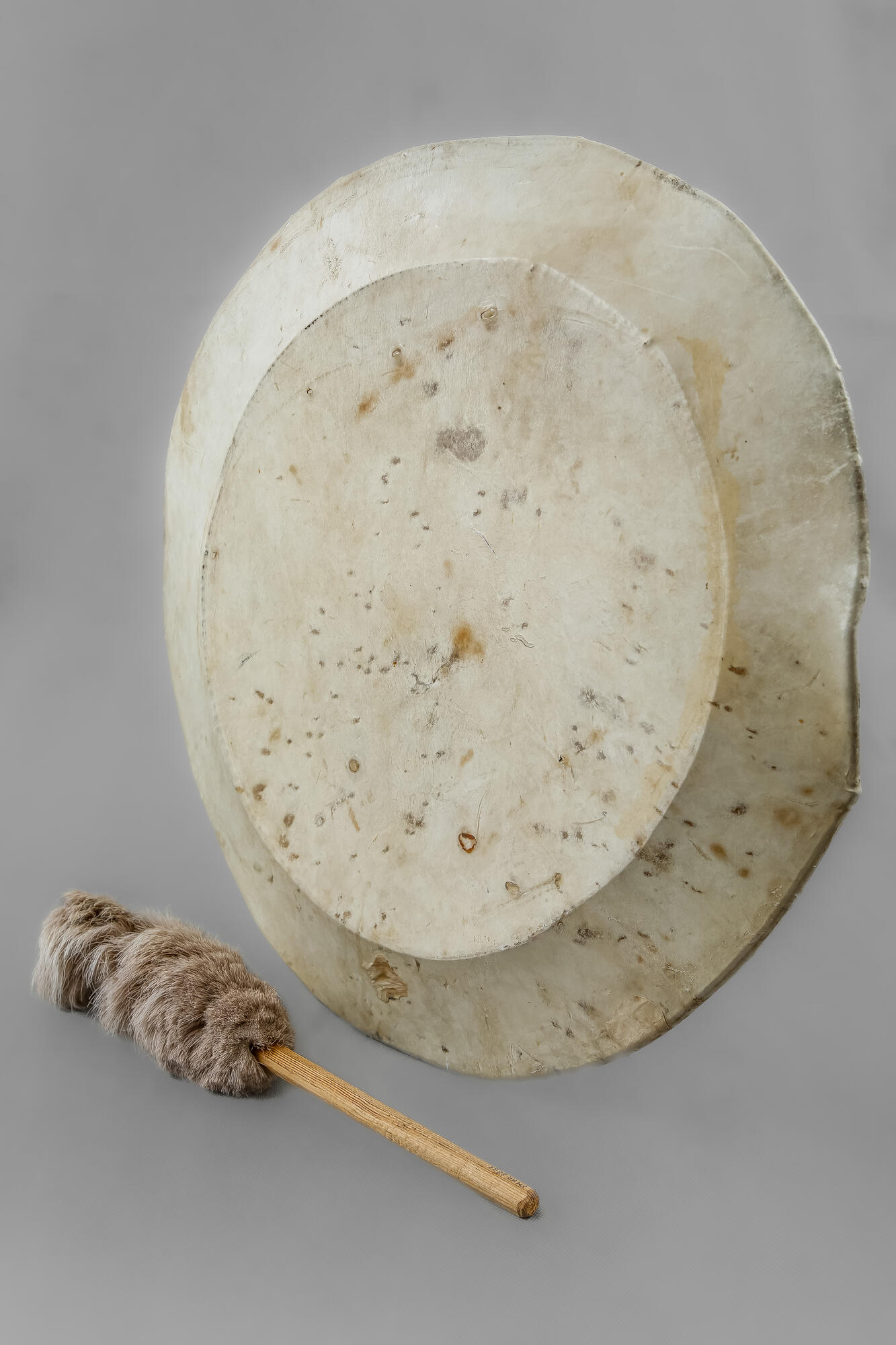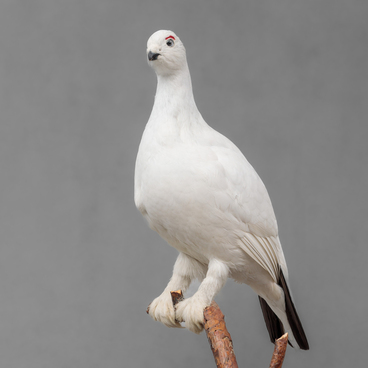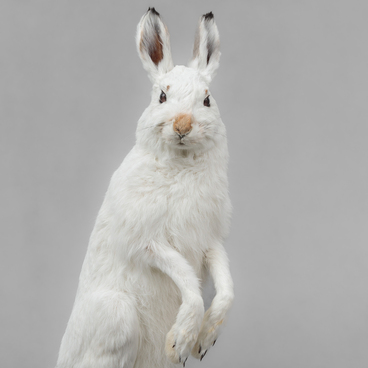The Khanty call the drum “kuyp”, “koim” and “penzyar”, and the Mansi — “koyep”. This was the main shaman’s attribute. Other people, that performed religious rituals and acted as intermediaries in the communication with the spirits, but did not have a drum and were not regarded as shamans. The Mansi believed the drum was a sacred musical instrument not everyone was allowed to play: for example, women were forbidden to touch it.
The drum was considered a material medium, which the shaman used to appeal to good spirits and drive away the evil ones. As the melody unraveled from the beginning to the middle, the drumbeats usually became faster, the tempo accelerated, and the sound became louder. The drumhead was made of deer, elk and dog skin; as a rule, it had no images. Kustaa Fredrik Karjalainen, a Finnish scholar who studied the Khanty people, claimed that the images on some drums had been a borrowing.
The drum was thought of as a boat or a deer, sometimes as a bird, on which the shaman’s soul went on a journey. The mallet was, respectively, an oar or a “khorey” — a pole that riders used to drive the deer. Both mallets and drums offered considerable variety of form, but most often, they had a flat, slightly elongated drumhead about 40 cm long, which was made of deer hide or hare fur.
As a rule, a Y-shaped branch of a tree was used as the drum’s handle. However, people could also make a cross using two straight sticks. The Ob Ugrians rarely attached jingles to the frame. They had a variety of rules for manufacturing, storing and inheriting shamanic drums. These factors made researchers think that the shamanism of the Ob Ugrians was only nascent. Kustaa Karjalainen accepted the idea that in the relatively recent past, the drum had not been a sacred instrument and had only become sacred under the external influence.
The ethnographer Valery Nikolaevich Chernetsov also came to this conclusion. The researchers noticed that the Ob Ugrians did not have a special ritual costume, and the rules for making and using shamanic drums were quite simple. Today, the chances of seeing a shaman with a drum are getting lower.
The drum was considered a material medium, which the shaman used to appeal to good spirits and drive away the evil ones. As the melody unraveled from the beginning to the middle, the drumbeats usually became faster, the tempo accelerated, and the sound became louder. The drumhead was made of deer, elk and dog skin; as a rule, it had no images. Kustaa Fredrik Karjalainen, a Finnish scholar who studied the Khanty people, claimed that the images on some drums had been a borrowing.
The drum was thought of as a boat or a deer, sometimes as a bird, on which the shaman’s soul went on a journey. The mallet was, respectively, an oar or a “khorey” — a pole that riders used to drive the deer. Both mallets and drums offered considerable variety of form, but most often, they had a flat, slightly elongated drumhead about 40 cm long, which was made of deer hide or hare fur.
As a rule, a Y-shaped branch of a tree was used as the drum’s handle. However, people could also make a cross using two straight sticks. The Ob Ugrians rarely attached jingles to the frame. They had a variety of rules for manufacturing, storing and inheriting shamanic drums. These factors made researchers think that the shamanism of the Ob Ugrians was only nascent. Kustaa Karjalainen accepted the idea that in the relatively recent past, the drum had not been a sacred instrument and had only become sacred under the external influence.
The ethnographer Valery Nikolaevich Chernetsov also came to this conclusion. The researchers noticed that the Ob Ugrians did not have a special ritual costume, and the rules for making and using shamanic drums were quite simple. Today, the chances of seeing a shaman with a drum are getting lower.







